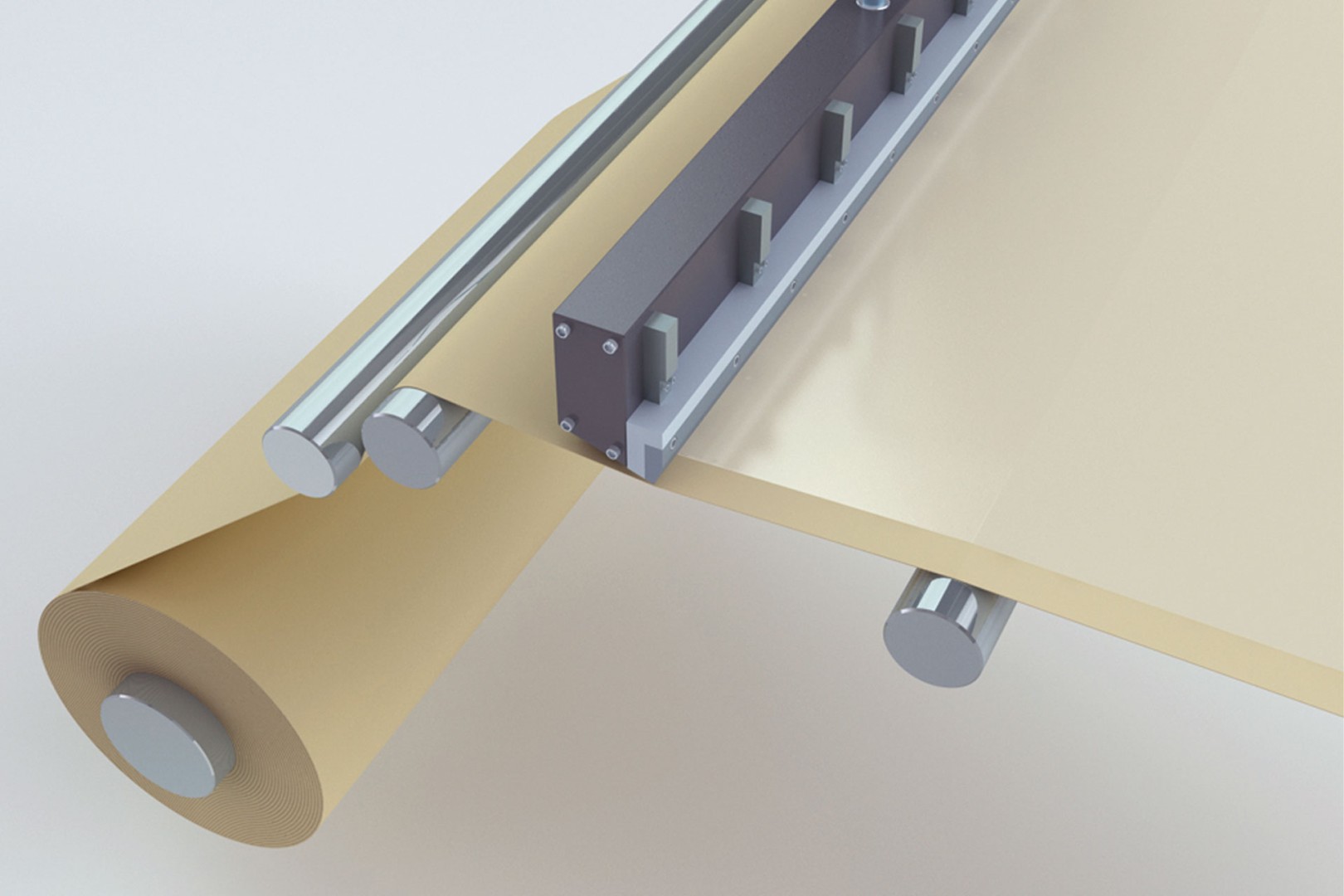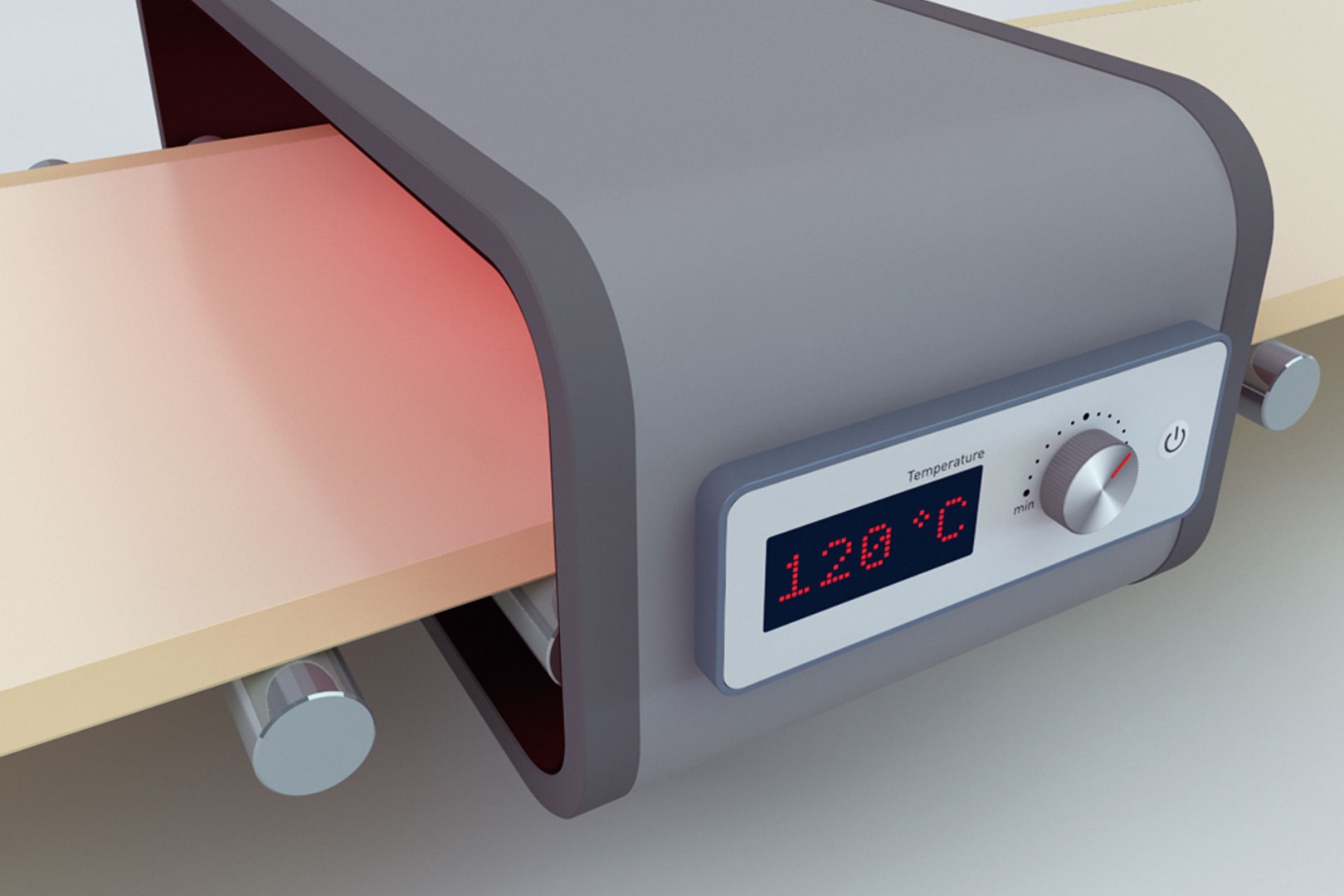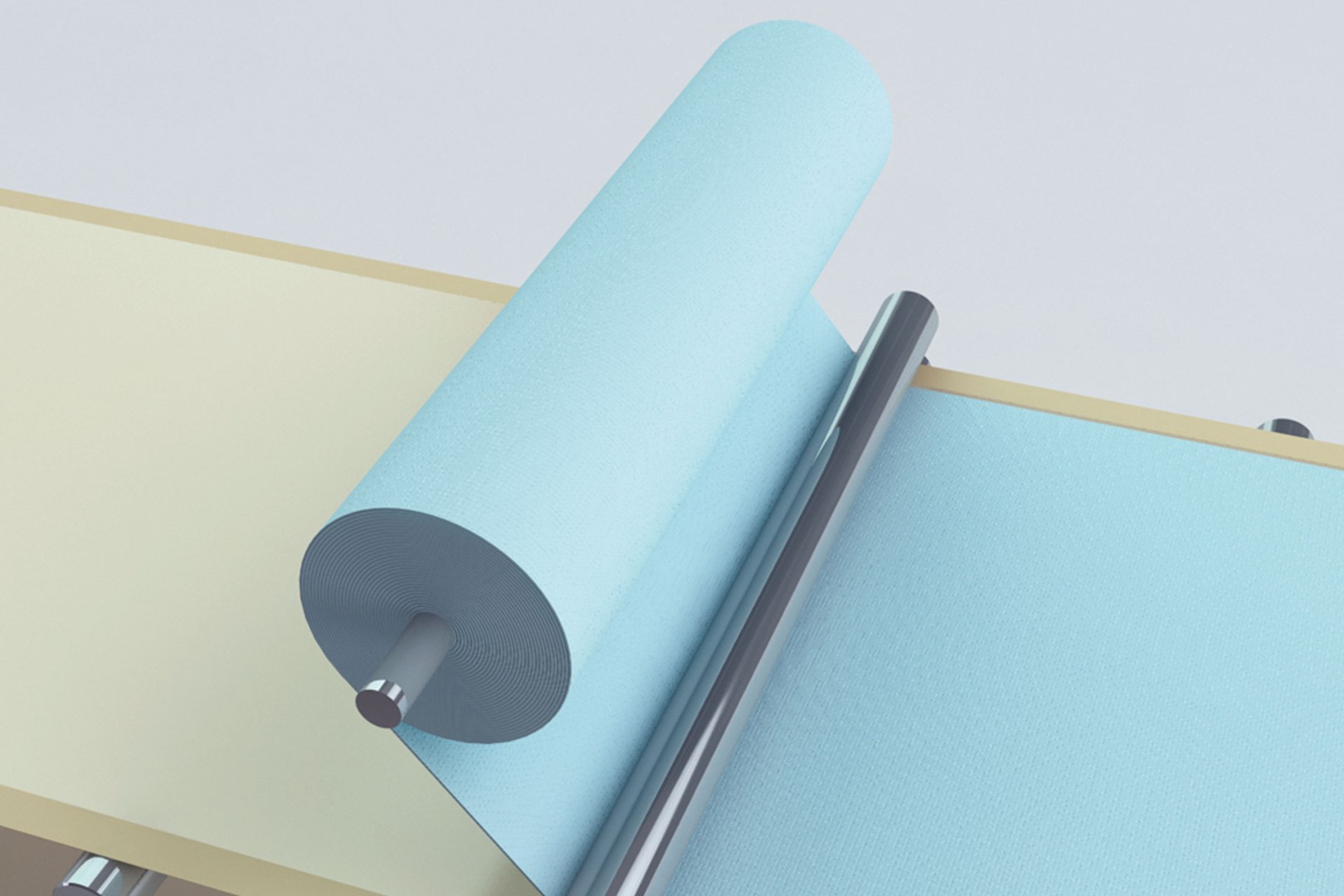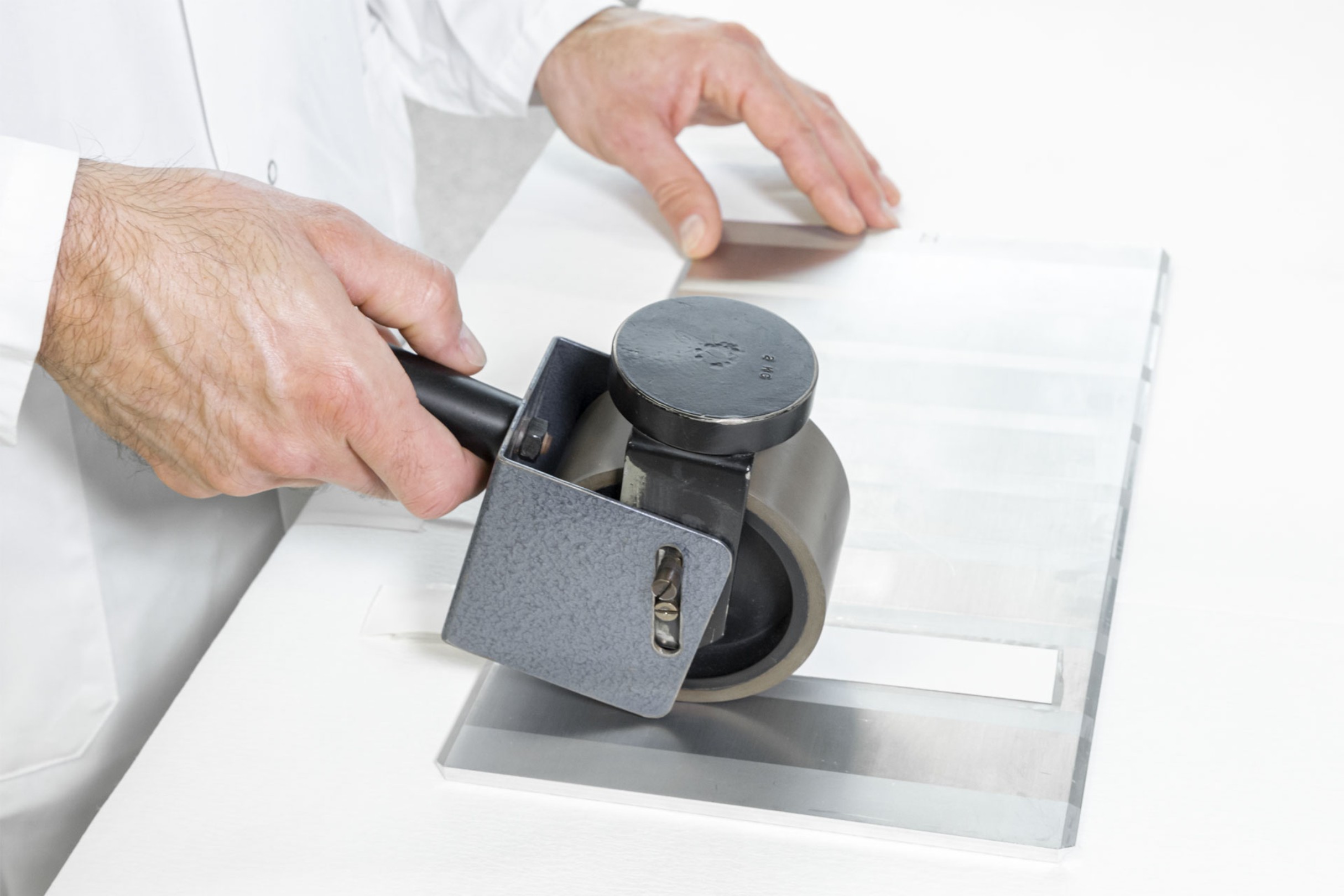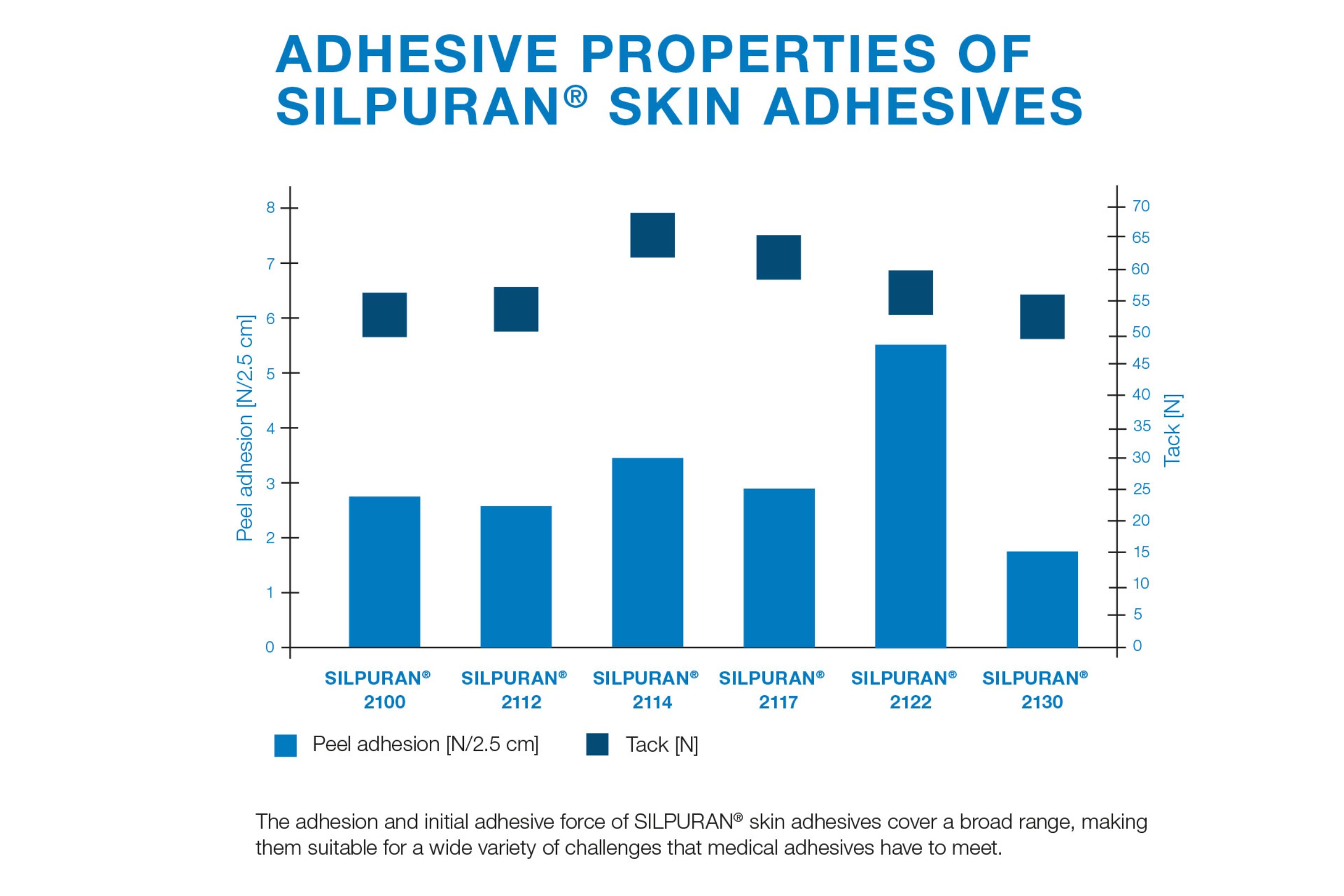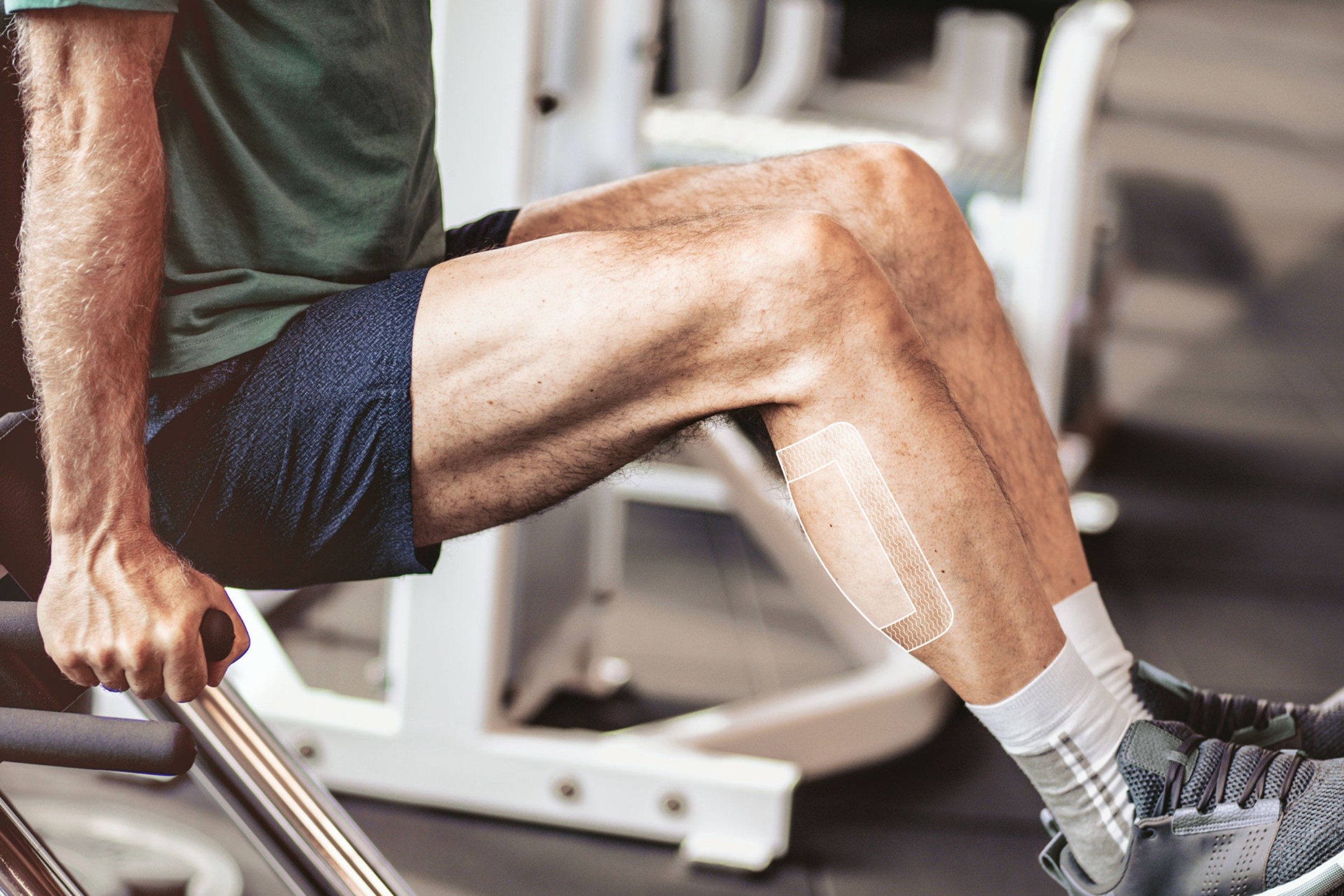
High-Tech Silicone Wound Dressings
Wound dressings coated with silicone prevent wounds from drying out. They are not sticky and adhere gently to the skin. What’s more, silicones can provide optimal conditions for wound healing and help accelerate recovery.
Jul 02, 2021 Read time: approx. MinutesMinute
A Better Life for Patients with Chronic Wounds
Life expectancy is rising worldwide, which in itself should be good news. This demographic change, however, presents challenges to society as well. “With more and more of us reaching advanced age, there’s an increasing number of people suffering from chronic and large wounds,” says Egbert Klaassen, global segment manager for wound care at WACKER SILICONES.
Human skin increasingly loses its elasticity and resilience as we get older. It becomes more sensitive, thinner and more prone to injuries. There is also less blood circulation, and skin cells don’t divide as rapidly as in youth. As a result, wounds take longer to heal, and they don’t heal as well anymore. That makes proper care all the more important.
Silicone-coated wound dressings and bandages have enabled new options in wound care. WACKER has produced a line of medical-grade silicone gels and solid and liquid silicone rubbers under its SILPURAN® brand for 15 years. These particularly high-quality silicones have passed selected ISO 10993 and USP Class VI tests, and so also meet the high safety standards imposed by the health-care industry. They are produced and packaged in line with our WACKER CLEAN OPERATIONS standard, which ensures the extraordinary purity needed to meet current and future medical requirements.

Dr. Thomas Gröer (left), head of an applications lab in Burghausen, demonstrating how easy it is to peel a silicone-coated adhesive bandage off the skin.
We were able to adapt the silicone adhesives to make them adhere much more strongly. With that improvement, a thinner silicone layer is quite sufficient.
Dr. Thomas Gröer, head of an applications laboratory at WACKER SILICONES
Hydrophobic and Breathable
There are various reasons why professional wound care would not be possible without silicones: highly adhesive silicone gels (known as silicone adhesives) are applied directly to wounds. Being hydrophobic, i.e. water-repellent, they will adhere to dry skin only – not to moist skin. In other words, these silicone wound dressings don’t stick to the normally moist wound or to its edges. The dressings also cannot knit with newly formed tissue. The breathable silicone layer offers protection from external influences such as bacteria and moisture. Because it enables permeation of water vapor, fluids and air, the protective layer provides an ideal environment for wounds to heal. It also prevents exudates coming into contact with and softening healthy skin.

Yet bandages coated with silicone gel offer further benefits: they adhere only as firmly as the application requires, which makes them more pleasant to remove. Removal causes hardly any pain or wound trauma – a huge relief for patients with large or chronic wounds. After all, a study found that around 40 percent of patients suffering from chronic wounds said that the removal of bandages caused them the most pain. In addition, silicone bandages are soft and flexible, making them more comfortable to wear than conventional adhesive bandages.
Yet another distinguishing feature of silicone is that, if a dressing with a silicone layer is applied incorrectly, it can be easily removed and repositioned without impairing adhesion in any way. That is a major advantage compared with conventional dressings, which can strip skin cells as the dressing is being removed and then will not adhere properly when reapplied.
Silicones are much kinder to the skin and have better adhesive and release properties.
Sascha Casu, Therapeutic Area Director for Acute Wound Care, Essity
SILPURAN® in the Coating Process
High-Tech Silicone Products
WACKER has worked hard on developing its two-component, room-temperature-curing SILPURAN® silicone gels to exhibit these outstanding properties for use in medical wound care. That meant making the intrinsically hydrophobic silicones usable for this application. “The silicone dressing must absorb moisture and then be able to wick, i.e. draw off, that moisture to the outside,” explains Dr. Thomas Gröer, who is in charge of application technology for these innovative silicone adhesives at WACKER’s Burghausen site.
High-tech wound dressings usually comprise several layers, and each one performs an important function. Facing the skin, the silicone adhesive layer is placed directly on the wound. It is secured to a polyurethane carrier film and perforated, which makes sure that wound fluid and blood are able to permeate to the absorbing layer. The film is followed by a thin acrylate layer and a layer that absorbs the exudate from the wound. Some dressings also feature an extra polyurethane foam layer for stabilization.
“Such silicone bandages are essential for treating chronic wounds,” says Sascha Casu, who leads the Acute Wound Care division of bandage manufacturer Essity in Hamburg, Germany. Specializing in medical products for wound care, compression therapy and orthopedics, Essity, a Swedish company, sells both conventional bandages and plasters with acrylate-based adhesives and high-tech products featuring silicones. “There is a case to be made for both technologies,” says Casu, who has worked closely with WACKER for years. “Silicones are much kinder to the skin and have better adhesive and release properties. Acrylates, on the other hand, are comparatively inexpensive and adhere more securely on the first application.”
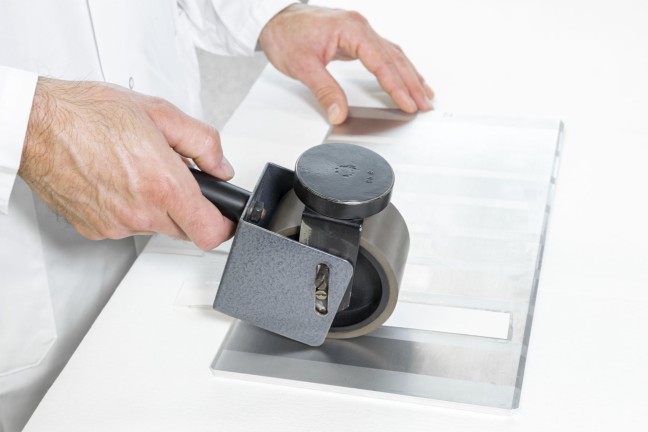
A lab technician using a roller to apply a defined amount of pressure to various test strips in order to determine their release properties.

The atraumatic release properties of SILPURAN® adhesives have been demonstrated in skin tests – even for high adhesive strengths. When the adhesive silicone gel is removed, the upper layers of skin remain intact (left)

...whereas an acrylate adhesive of comparable strength clearly pulls away the upper layer of cells (right).

Silicone-coated wound dressings are, however, the preferred choice for professional treatment of severe or weeping wounds, especially in hospital settings, Casu notes. But they are also being used increasingly for the treatment of chronic wounds and on persons with skin conditions and sensitive skin. “Demand for professional wound-care material for home use is rising, and pharmacies are selling more and more of it,” explains Dajana Westenberg, a WACKER sales manager who looks after Essity and other customers active in wound care.
This application involves two-component, colorless and transparent silicone gels that crosslink via a platinum-catalyzed addition reaction to form soft, highly flexible materials which are nevertheless elastic, with a gelatinous consistency. Together with the low surface energy that is typical of silicones, their compliance ensures that a bond develops between the crosslinked gel and skin. The elasticity, on the other hand, allows the adhesive layer to be peeled off easily, leaving no residues.
NOT JUST FOR SPECIALIZED APPLICATIONS
For a very long time, silicone dressings were used mainly in hospitals to treat chronic wounds. Now, silicone adhesives for acute wound therapy are making inroads into the retail market. “We’ve successfully developed silicone adhesives that stick reliably even when less silicone is used,” Gröer says.
WACKER chemists examined the material very closely in the lab to achieve the same adhesive strength with less material. “We were able to adapt the silicone adhesives to make them adhere much more strongly. With that improvement, a thinner silicone layer is quite sufficient,” Gröer concludes. The advantages of such a coating are obvious to customers: the dressing itself is less bulky, using up less material and thus saving costs.
This opens up completely new possibilities for manufacturers of wound dressings. “Customers increasingly opt for the adhesive with higher added value. That means our silicones, without question,” emphasizes Klaassen.
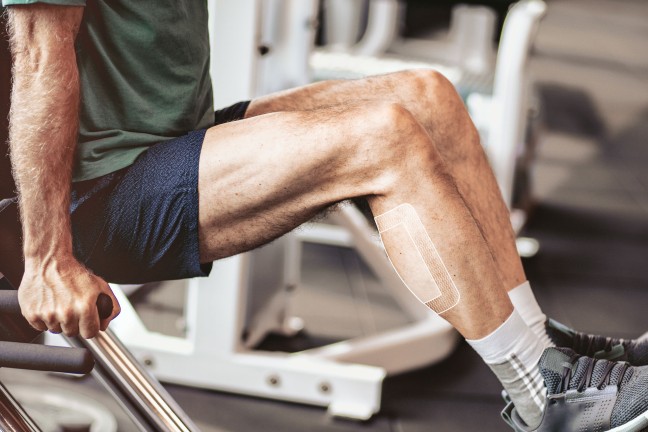
So long as adhesive bandages adhere reliably there’s nothing to stop a patient from indulging in physical exercise.
Mr. Egbert Klaassen
Global Segment Manager
Wound Care, Orthotics & Prosthetics
+49 1520 935 2545
egbert.klaassen@aceo3d.com





